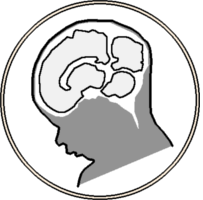Rollins, Caitlin, Cynthia Ortinau, Christian Stopp, Kevin Friedman, Wayne Tworetzky, Borjan Gagoski, Clemente Velasco-Annis, et al. 2021. “Regional Brain Growth Trajectories in Fetuses with Congenital Heart Disease”. Ann Neurol 89 (1): 143-57.
Abstract
OBJECTIVE: Congenital heart disease (CHD) is associated with abnormal brain development in utero. We applied innovative fetal magnetic resonance imaging (MRI) techniques to determine whether reduced fetal cerebral substrate delivery impacts the brain globally, or in a region-specific pattern. Our novel design included two control groups, one with and the other without a family history of CHD, to explore the contribution of shared genes and/or fetal environment to brain development.
METHODS: From 2014 to 2018, we enrolled 179 pregnant women into 4 groups: "HLHS/TGA" fetuses with hypoplastic left heart syndrome (HLHS) or transposition of the great arteries (TGA), diagnoses with lowest fetal cerebral substrate delivery; "CHD-other," with other CHD diagnoses; "CHD-related," healthy with a CHD family history; and "optimal control," healthy without a family history. Two MRIs were obtained between 18 and 40 weeks gestation. Random effect regression models assessed group differences in brain volumes and relationships to hemodynamic variables.
RESULTS: HLHS/TGA (n = 24), CHD-other (50), and CHD-related (34) groups each had generally smaller brain volumes than the optimal controls (71). Compared with CHD-related, the HLHS/TGA group had smaller subplate (-13.3% [standard error = 4.3%], p
Last updated on 02/27/2023
